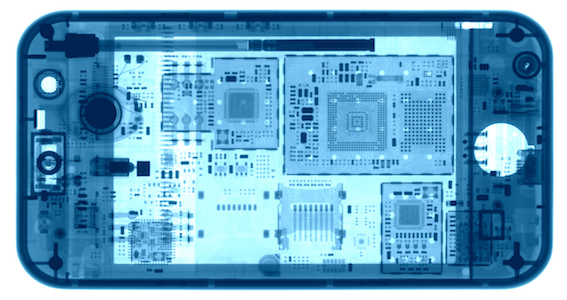Let’s first take a step back. The very idea of an “Internet of Things” is a massive concept that imagines a future where objects that you’d never think would need some sort of built-in intelligence, or ability to measure or sense things would have it. Daniel Burrus of Burrus Research posited in a guest column for Wired Magazine in 2013 that things as mundane as cement could be made smarter by way of tiny sensors that are mixed in right before it sets. That could, in turn, allow equipment to actively monitor the cement’s status, and alert engineers if specific readings ever cross a predefined threshold, indicating structural weakness.
[/text_block_nav]
As appealing as that may be, however, the reality is a lot less sexy: by incorporating smarts into, well, everything, what we’re actually doing is potentially creating a massive number of new vulnerabilities that could be used to break into IT systems.
[/text_block_nav]
And let’s be honest, what are the chances that only one manufacturer does that? Slim to none; in reality, companies attempting to manufacture IoT devices as quickly and cheaply as possible will likely flood the market with poor-quality IoT devices, resulting in the proliferation of poorly-designed internet-connected devices vulnerable to being exploited by determined hackers.
[/text_block_nav]
[/text_block_nav]
So unless your business or home operates those devices on a separate domain, essentially by installing IoT devices that haven’t had due attention paid to their security features, you’re giving hackers a front door to everything from your camera footage to your business data to your home’s lights. And that’s a scary point.
As Tomshardware points out, if IoT device security isn’t done properly right from the get-go, device recalls are going to be commonplace in our near future. The hope is that those recalls serve to motivate companies to do everything they can to avoid the situation, as they are expensive both in monetary terms as well as reputational damage.
[/text_block_nav]







